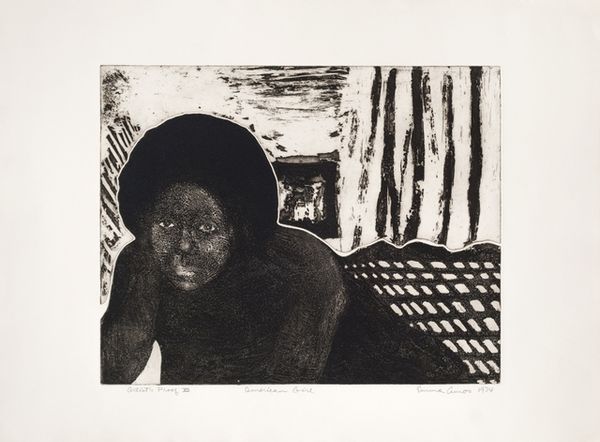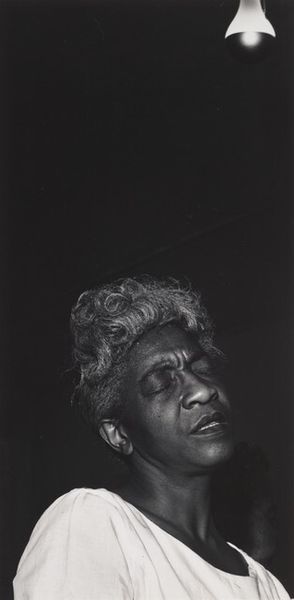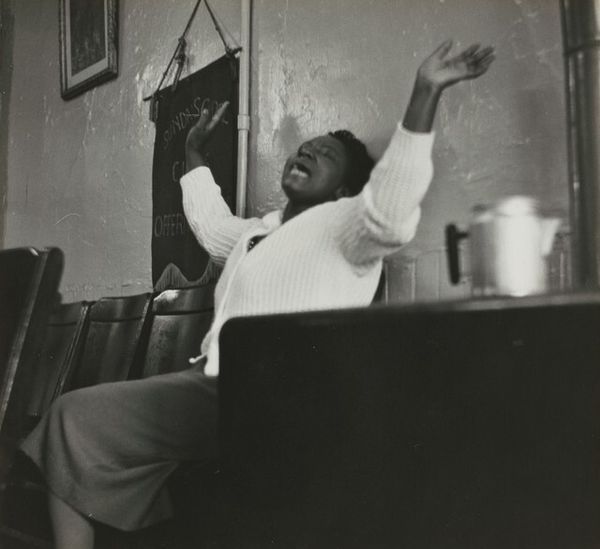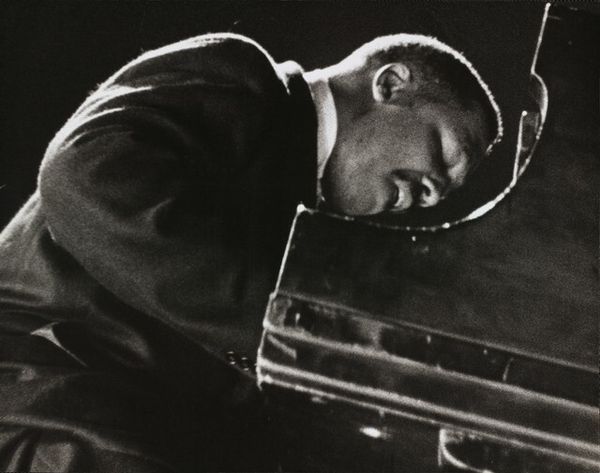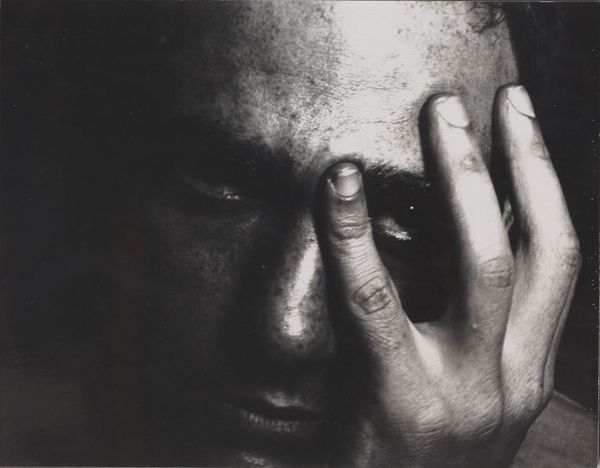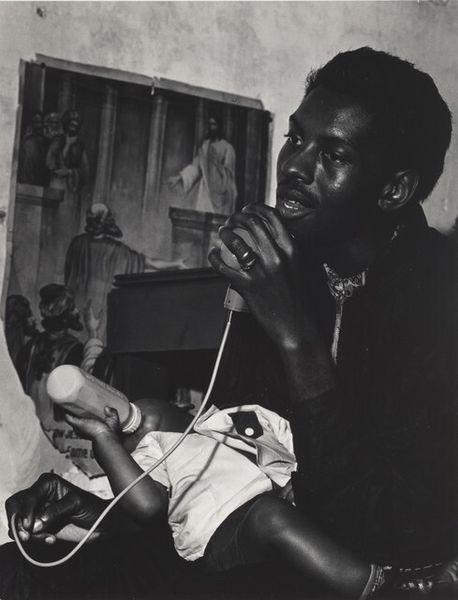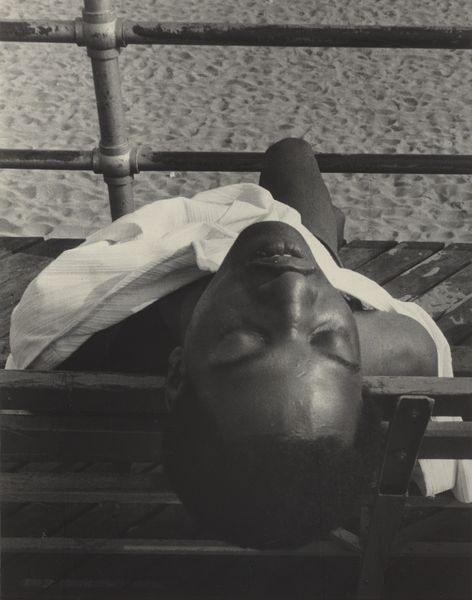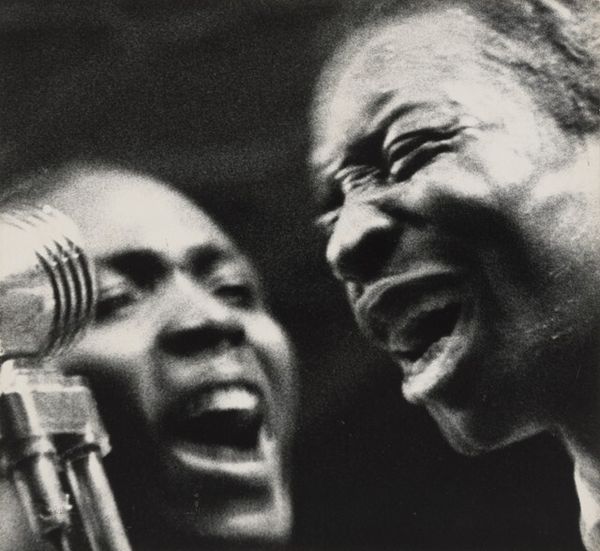
photography, gelatin-silver-print
#
portrait
#
african-art
#
narrative-art
#
portrait
#
photography
#
gelatin-silver-print
#
realism
Dimensions: image: 76.8 × 68.6 cm (30 1/4 × 27 in.) framed: 79.4 × 71.1 cm (31 1/4 × 28 in.)
Copyright: National Gallery of Art: CC0 1.0
Editor: This is "Ellen, Crying," a gelatin-silver print taken by Gordon Parks after 1967. It’s a very stark and emotional portrait. What strikes me is the raw vulnerability it captures. What do you see in this piece, especially considering its historical context? Curator: Absolutely. Parks, throughout his career, consistently used his camera as a weapon against social injustice. With "Ellen, Crying," we're confronted with more than just a portrait; it's a visceral representation of the systemic inequalities faced by African Americans, especially children, during that period. Editor: It's almost unbearable to look at... like witnessing something private becoming public. Curator: Precisely. Parks often focused on intimate moments to highlight broader socio-political issues. Consider the symbolism: a single tear can represent a universe of pain and oppression, reflecting not just individual suffering but a collective experience of marginalization. Do you see how the formal elements, the sharp contrasts, contribute to this feeling? Editor: Definitely. The stark contrast heightens the drama and directs our focus to her face, her emotion. The framing is so tight. It almost feels claustrophobic, adding to the sense of intensity. Curator: Exactly! This claustrophobia mirrors the constrained existence many African Americans experienced at the time, underscoring how their identities and opportunities were systematically limited. It forces us, the viewers, to confront uncomfortable truths about race, poverty, and childhood. I'd add that, although the artist is documenting a specific historic moment, we might ask ourselves about the contemporaneity of Parks’ work, its ability to question ongoing structural inequality. Editor: I see what you mean. It’s not just a picture of a crying child; it’s a commentary on social injustice that unfortunately still resonates today. Curator: Precisely. Art like this serves as a powerful reminder and a call to action. It helps us to remember the importance of continually pushing for equality. Editor: This has definitely deepened my understanding, and has transformed the way I view the piece. Curator: It's a privilege to be in dialogue about these poignant expressions.
Comments
No comments
Be the first to comment and join the conversation on the ultimate creative platform.




